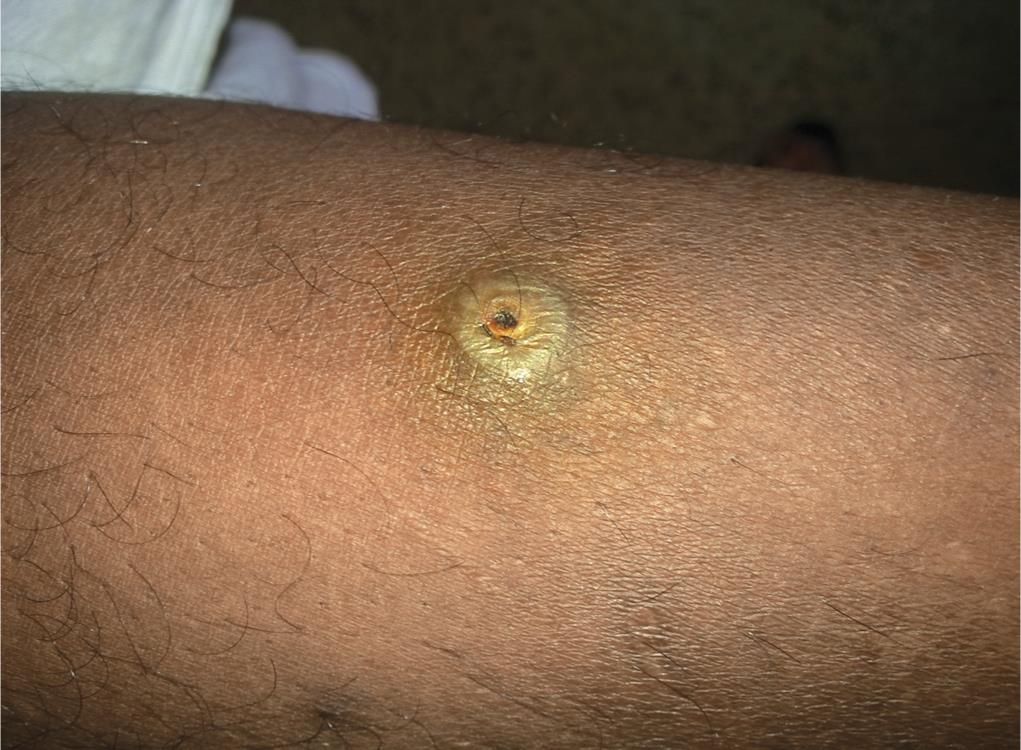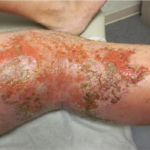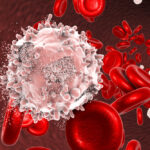Complicated skin and skin structure infections (cSSSIs) caused by Proteus species are a significant medical challenge, particularly in immunocompromised patients. These infections, often involving Proteus mirabilis and Proteus vulgaris, can lead to severe complications if left untreated. This article explores the causes, symptoms, diagnosis, and treatment of complicated Proteus skin infections.

Understanding Proteus Bacteria
Overview of Proteus Species
Proteus species are Gram-negative, facultatively anaerobic bacilli commonly found in the environment and the human gastrointestinal tract. The most clinically relevant species include:
- Proteus mirabilis (most common in skin infections)
- Proteus vulgaris
- Proteus penneri
These bacteria are known for their ability to produce urease, leading to alkaline environments, which can complicate wound healing.
Pathogenesis in Skin and Soft Tissue Infections
Proteus infections typically occur when bacteria enter through open wounds, surgical sites, or pressure ulcers. Risk factors include:
- Diabetes mellitus (poor wound healing)
- Chronic venous insufficiency
- Immune suppression (e.g., chemotherapy, HIV/AIDS)
- Prolonged hospital stays
- Use of invasive medical devices (e.g., catheters, surgical implants)
Clinical Presentation of Proteus Skin Infections
Common Symptoms
- Localized pain and swelling
- Erythema and warmth
- Purulent drainage with foul odor (indicative of necrotizing infections)
- Slow-healing ulcers
- Fever and systemic signs of infection
- Formation of biofilms, increasing antibiotic resistance
Complications
- Cellulitis – A deep tissue infection spreading rapidly
- Abscess formation – Pockets of pus requiring drainage
- Necrotizing soft tissue infections – Rapidly spreading, life-threatening infections
- Sepsis – Systemic inflammatory response leading to organ dysfunction
Diagnosis of Proteus Skin and Soft Tissue Infections
Clinical Examination and Risk Assessment
A thorough history and physical examination help identify risk factors and the likelihood of a Proteus infection.
Microbiological Testing
- Wound cultures and Gram staining (confirms Proteus presence)
- Blood cultures (in cases of systemic infection)
- Antibiotic susceptibility testing (to determine resistance patterns)
Imaging Studies
- Ultrasound to assess abscess formation
- MRI or CT scan for deeper tissue involvement or necrotizing infections
Treatment Strategies for Proteus Skin Infections
Antibiotic Therapy
Treatment depends on antibiotic susceptibility, as Proteus species often exhibit resistance. Common choices include:
- Beta-lactam antibiotics (e.g., piperacillin-tazobactam)
- Carbapenems (for multidrug-resistant strains)
- Fluoroquinolones (e.g., ciprofloxacin)
- Aminoglycosides (e.g., gentamicin, in combination therapy)
- Sulfonamides (e.g., trimethoprim-sulfamethoxazole)
Surgical Intervention
- Incision and drainage for abscesses
- Debridement for necrotic tissue
- Amputation in severe, non-healing infections
Adjunctive Therapies
- Wound care (negative pressure therapy, dressings)
- Hyperbaric oxygen therapy (for chronic infections and poor wound healing)
- Management of underlying conditions (e.g., glycemic control in diabetics)
Prevention Strategies
- Proper wound care and hygiene
- Early antibiotic intervention for high-risk patients
- Minimizing invasive procedures when possible
- Routine surveillance for multidrug-resistant Proteus strains in healthcare settings

